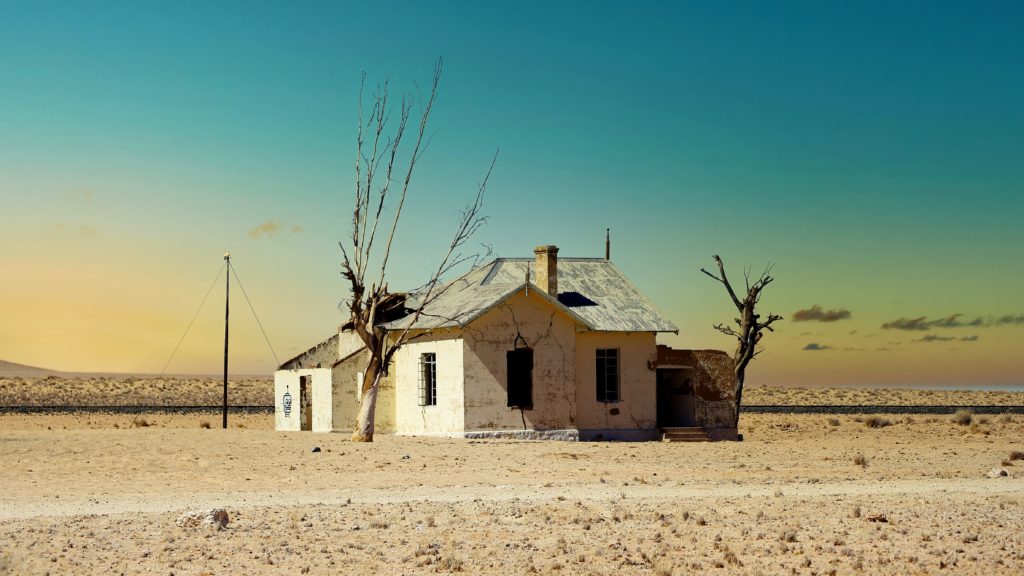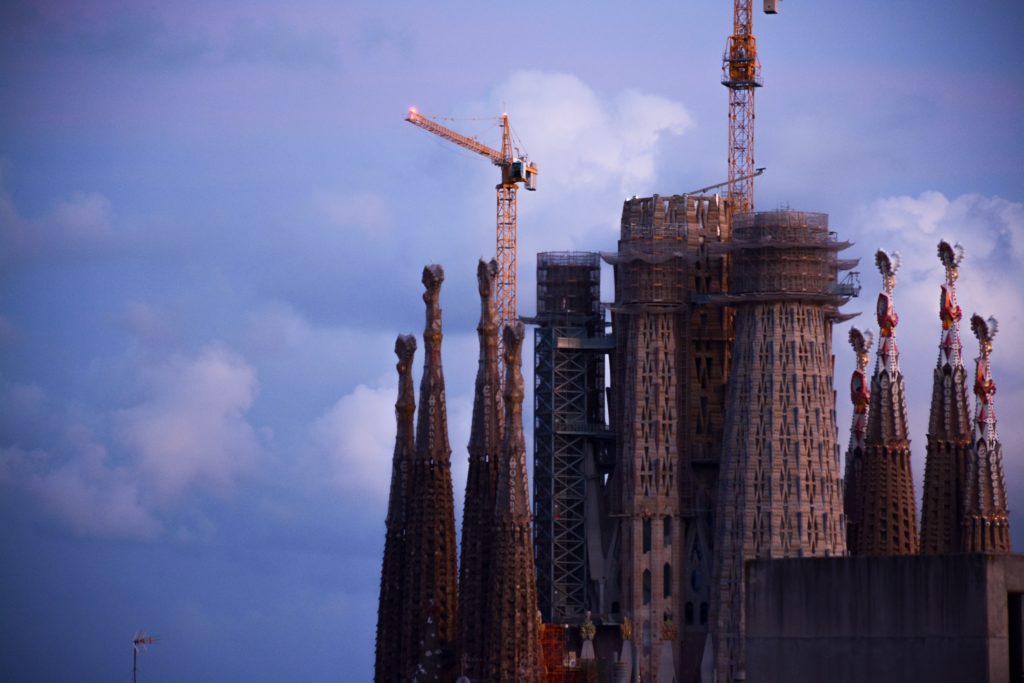Brand architecture is a delusional fantasy
September 27, 2022
Reading Time: 5 minutes
Filed under Branding, Naming, Naming Architecture

As I, a branding professional, understand it, Brand Architecture is the relationship between all of the branded elements within an organization. This could be subsidiaries, sub-brands, products, features, services—really anything branded within an organization. So if we take Nike as an example, they have owned subsidiaries like Hurley and Converse. They have sub-brands like Nike Tennis and ACG. They also have ingredient brands like Air, Zoom, and Flywire, as well as product brands like Mercurial and Pegasus. In general (not speaking to Nike specifically), these elements are supposed to feel like part of a big masterplan where people understand all of the intricacies of a complex brand universe. The brand equity flows like a synergistic flywheel: logical, dynamic, innovative, and completely delusional.
Even if you accept this corporate utopian vision of what brand architecture is supposed to be, the metaphor of architecture falters almost immediately. To state the obvious, architecture is planned before it is built. There are sketches, models, technical drawings, engineering, site planning, soil reports, inspections, the list goes on. It’s a painstaking and time consuming act of creation. This is probably why I stopped wanting to be an architect once I learned what was actually involved—but enough about me. In contrast to actual architecture, Brand Architecture is usually done once most of the brands being architected are already in existence. Usually there’s some recognition that everything is a bit of a mess and could use some tidying up. “Customers are confused.” “They don’t know that we make lenses AND cameras” “People don’t understand how tires relate to restaurant reviews.” In this sense, Brand Architecture is an exercise in post-rationalization and organization.
Architecture is built from the ground up, foundation first. You can make additions or modifications but it’s almost as much work and money as building it in the first place. There aren’t new sub-structures every year. There isn’t consistent movement, modification, addition, and deletion once a building is already standing. Actual architecture is incredibly static when compared to the realities of brands—where shifts happen near constantly.

It’s also unclear what specific branded elements represent in the architectural metaphor. Are they all buildings? Floors? Either way, these brand elements move around way too much for their architectural counterparts. When Brand Architecture work gets completed, it’s often just a snapshot of a brand’s assets at a moment in time. Then reality happens again, brands get moved, expanded, acquired, killed, and then everything is looking outdated and it’s suddenly time for another snapshot. New leadership, new products, new features, competition, bad sales, corporate reorganization, territorial disputes, pissing contests, and boredom are all very plausible reasons for changes within brands.

Back to nature
A much more appropriate metaphor for Brand Architecture would be Brand Ecosystem. Ecosystems are always changing and evolving. Plants, animals and the environment are constantly interacting. There are natural cycles at play all the time. Some species go extinct because they can’t tolerate the environment any longer while others start to emerge in their absence. Ecosystems are unpredictable and have chaos built in. While architecture feels like you have a firm grasp of what everything looks like and where it is, ecosystems are more fluid, like brands and like life.

Make peace with what you don’t know
In natural ecosystems we know a lot but it’s also very clear we don’t know everything. There are complexities that even experts can’t grasp. This approach is helpful when dealing with brand ecosystems as well. Even with everything we do know, we can’t see too far into the future. There will be unexpected changes, both positive and negative. So building an anti-fragile ecosystem that can handle shocks without collapsing becomes crucial. Functionally this means avoiding unnecessary complexity and putting most of your time and energy into the brands or elements you believe are going to stick around for a while. It also means avoiding the urge to draw tenuous connections. Everything doesn’t have to be interrelated. In fact, keeping some separation between brands or sub-brands can provide more stability and allow you to speak to audiences more specifically.

Hopping into an ecosystem
Allow me to extend this analogy to a natural ecosystem. Let’s look at an animal. Any animal will do but I’m going to pick the black-tailed jackrabbit (Lepus californicus). It has a distribution: western North America, under 10,000 feet of elevation, in shrubby grasslands. So, a big range but it’s not everywhere. It eats shrubs, distributing seeds in the process. It gets eaten by raptors and other carnivorous animals. It’s a host for parasites like fleas, ticks, and mites. So L. californicus is clearly an important member of the ecosystem. But this doesn’t mean that it interacts with everything in the ecosystem. There are plants it doesn’t eat or hide beneath, and other animals it doesn’t have meaningful interactions with (as far as we know). There’s also some redundancy. It doesn’t rely on a single food source and isn’t the sole prey of the ecosystem’s predators. This means that if there are changes to the ecosystem like drought or blight, it’s more likely to survive.
Now, I hope your brand ecosystem doesn’t approach the complexity of a natural one—but it’s still a good model. Think about the reasons behind the interactions. In the natural world it’s things like predation, symbiosis, and habitat. In the brand world it’s things like audience, territory, and differentiation.

The architecture analogy is popular because it speaks to something very human: the desire to control our surroundings. This is the delusional fantasy. In the end, we have a lot less control than we think. Recognizing this is freeing. It allows you to escape the myopia of someone who spends all day doing branding and focus on what really matters to your customers—people who live in their own ecosystems and have very little patience for understanding the intricacies of Brand Architecture.

